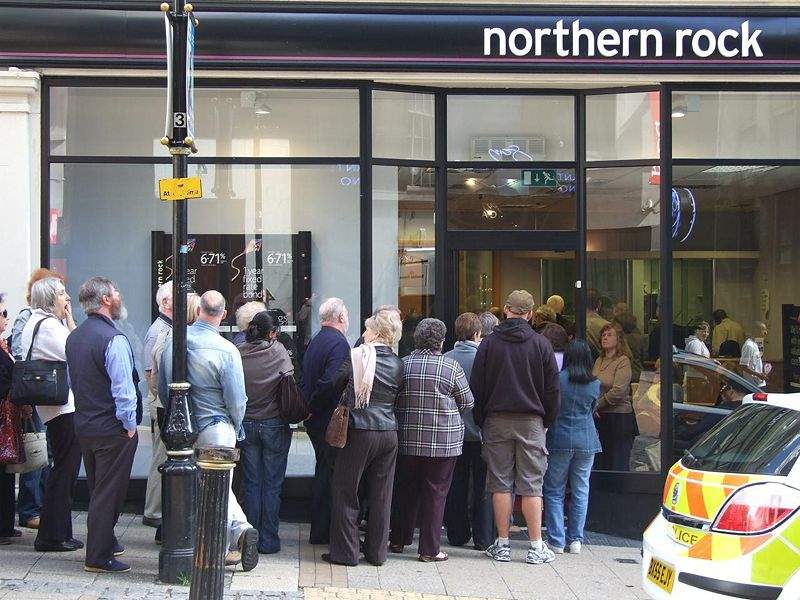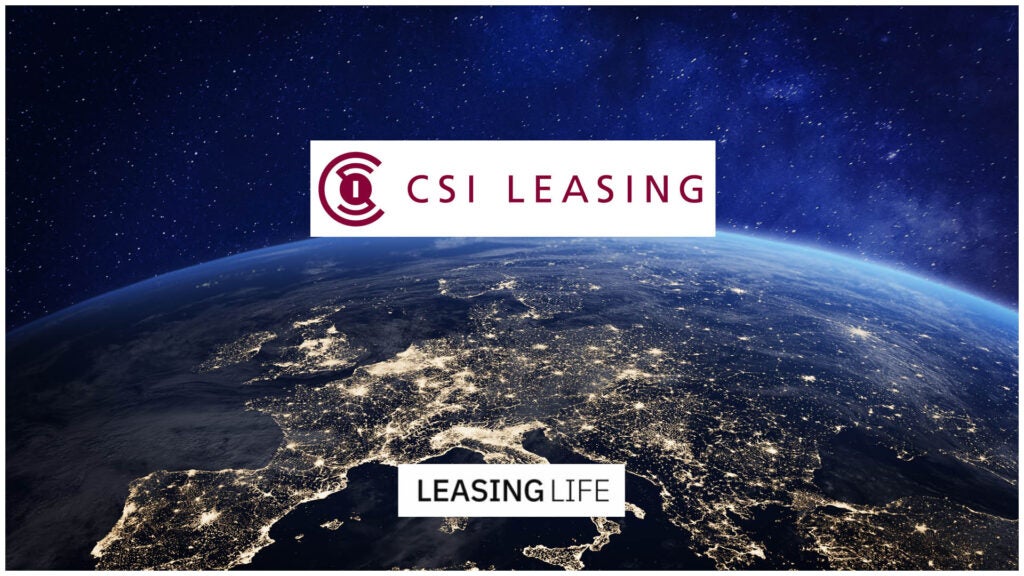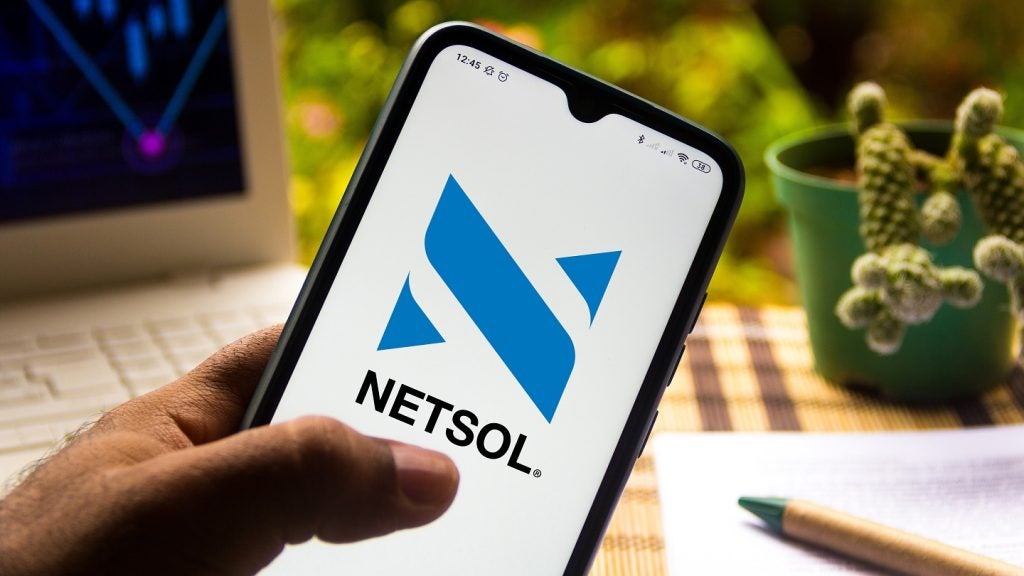
The subprime crisis began around August 2007, when BNP Paribas froze three funds as it could not decide how to value its securities. This sparked panic in the market, and in the coming months worldwide banks exposure to defaulted loans taken out in the subprime market became apparent.
If a consumer is marked as ‘subprime’, it is a reference to a poor credit rating. Due to unpaid bills or an inability to guarantee finance backing to a lender, they are considered of greater risk to loan to.
Leading up to 2007 the market had been booming. This led to an increasing amount of entrants into the financial services market, everyone looking for a share of the profits. This gave companies a number of options: keep on as usual and accept reduced take, leave select markets entirely, or increase risk appetite and take loans from people considered in the ‘subprime’ market.
More and more companies increased their risk appetite across a number of fields. This was most apparent in the US housing market, with loans being handed out at an unsustainable rate in the booming economy.
The US property bubble burst, interest rates on adjustable rates increased, and mortgage defaults went up, particularly affecting those in the subprime market who had been sold loans. These were spread and traded on the market through bundles known as collateralized debt obligations, and the damage spread to the world economy.
Could another subprime crisis happen?
Absolutely. Conditions across markets strongly mirror 2006-7, with companies increasing their risk appetite for subprime to offset reduced margins on the prime and near-prime markets. There isn’t so much talk of if as when, with an understanding that every economic uptick comes with a crash. Wall Street regulations such as Dodd-Frank have also been loosened, which can give temporary gains but also increase chances of a crash.
How well do you really know your competitors?
Access the most comprehensive Company Profiles on the market, powered by GlobalData. Save hours of research. Gain competitive edge.

Thank you!
Your download email will arrive shortly
Not ready to buy yet? Download a free sample
We are confident about the unique quality of our Company Profiles. However, we want you to make the most beneficial decision for your business, so we offer a free sample that you can download by submitting the below form
By GlobalDataHowever, it is also possible to compare the current economic climate to the mid-1990s, when interest rates were kept low yet the risk of inflation overtaking great economic growth didn’t materialise.
This week marks ten years since the collapse of Lehman Brothers marked the high point in the financial crisis, and time will tell if history will repeat itself.
NB: In 2007 BNP Paribas reopened their frozen funds to limited losses, and were actually one of the international banks least affected by the crash.







